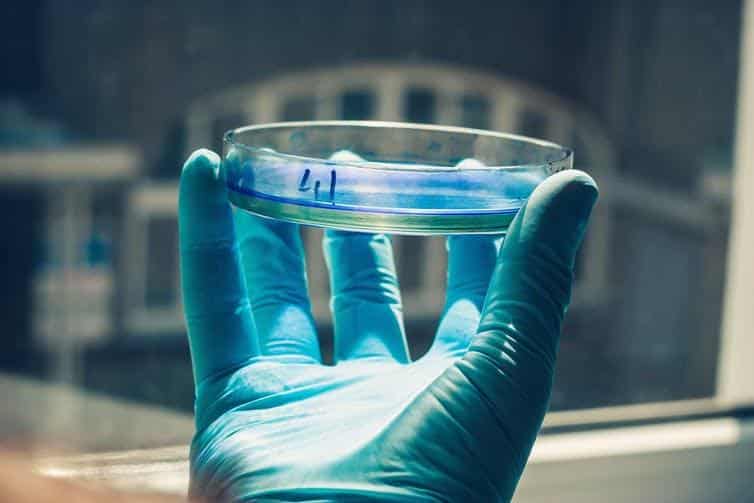New scientific first: A team has produced a tear gland in the laboratory that can actually produce tears.
The lab-grown organoids started out as a “cluster” of stem cells in a petri dish, but have since grown into 3D structures that function almost exactly like the gland inside the upper eyelids, refers CNET . The Royal Netherlands Academy of Arts and Sciences, who sponsored the study, says that the organoids grown in the laboratory will help them model and study eye-related diseases.
And there are even more ambitious projects when these "cultivated" tear glands are even closer to the real thing.

Lacrimal gland in the laboratory: an important road
“It is hoped that in the future this type of organoid will also be transplantable to patients with non-functioning lacrimal glands,” he told CNET the co-author of the study Marie Bannier-Hélaouët .
Regardless, whether or not this solution is viable for organ transplants today, scientists intend to use it. It will be used to study diseases such as Xerophthalmia, the so-called dry eye syndrome and cancer.
For now, the lacrimal gland isn't perfect. It's made up entirely of one type of cell, not the range of cells that make up the ones we have in our body, according to the research of the team , which was published Tuesday in the magazine Cell Stem Cell .

Even the tears produced are still “strange”. Rather than fluid dripping out, the fluid is produced inside the lab-grown lacrimal gland. This cultivated gland cries its tears “inside” and swells like a balloon filled with water.


